GET IN TOUCH
- Please wait...
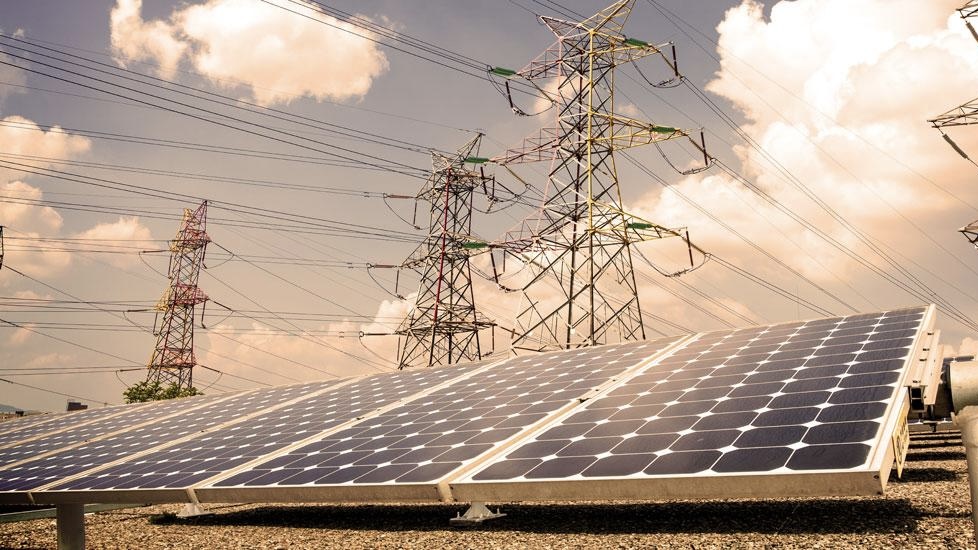
The energy market is undergoing a major transformation, making future predictions difficult due to uncertainties such as geopolitical issues, consumer demands, and technological advancements.
According to a McKinsey study conducted in 2023, renewables will dominate the global power mix by 2050 and are already the lowest-cost option for new power generation in a lot of regions. Renewable energy is expected to provide 45 to 50 percent of global electricity by 2030, increasing to 65 to 85 percent by 2050, with solar being the largest contributor, followed by wind [1].
Although Bangladesh’s policies and targets for transitioning to renewable energy align with global trends, the country’s actual adoption has lagged behind. Initially, high costs, limited awareness, and the dominance of fossil fuels—which kept energy prices low—hindered progress.
However, as renewable energy has emerged as a more cost-effective option, industries are gradually transitioning to it voluntarily, without external pressure. The renewable energy sector in Bangladesh illustrates how market dynamics can catalyze significant change, even in industries that were resistant a decade ago.
Rising fossil fuel prices and the growing recognition of renewable energy’s economic and environmental advantages have shifted perspectives among industry leaders.
This transition, however, should be reinforced by targeted interventions that address market failures at their root. In doing so, what once required enforcement is now becoming a natural choice for businesses.
Bangladesh’s Evolving Energy Landscape
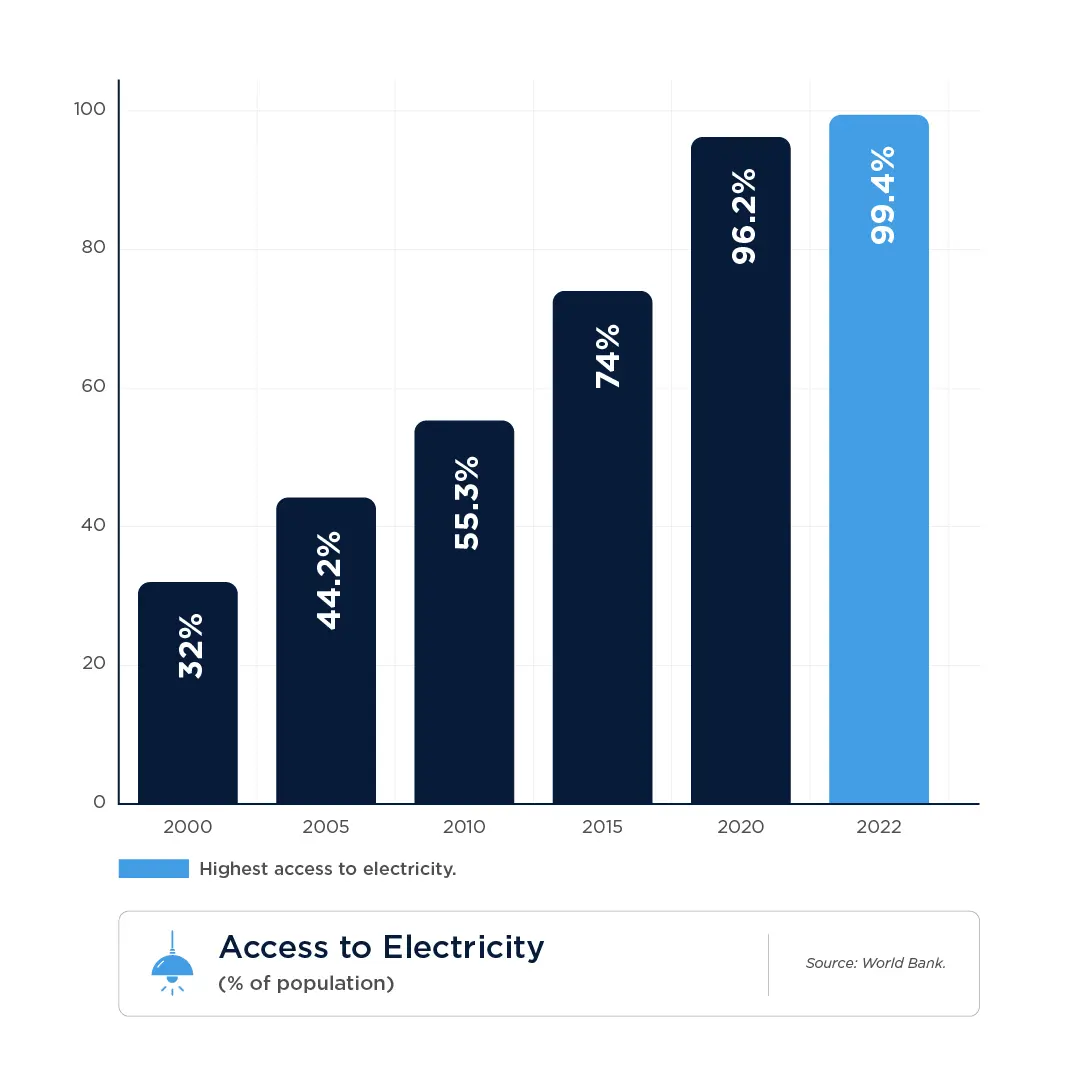
Figure 1 Access to Electricity in Bangladesh
Before delving into the renewable energy scenario and the sudden urgency to shift towards it, let’s take a clear look at the energy landscape of Bangladesh. According to the Bangladesh Power Development Board (BPDB), the country’s total installed capacity for power generation as of July 2024 is 27515 MW [2]
In 2000, only 20 percent of Bangladesh’s population had access to electricity, but this figure soared to almost 97 percent by 2020, fulfilling the Government of Bangladesh’s (GoB) Vision Statement from February 2000 [3]. Despite having increased electricity capacity beyond current demand, generation still falls short.
The maximum power generation by far was recorded in April 2024, which was 16,477 megawatts according to the Bangladesh Power Development Board (BPDB) [4].
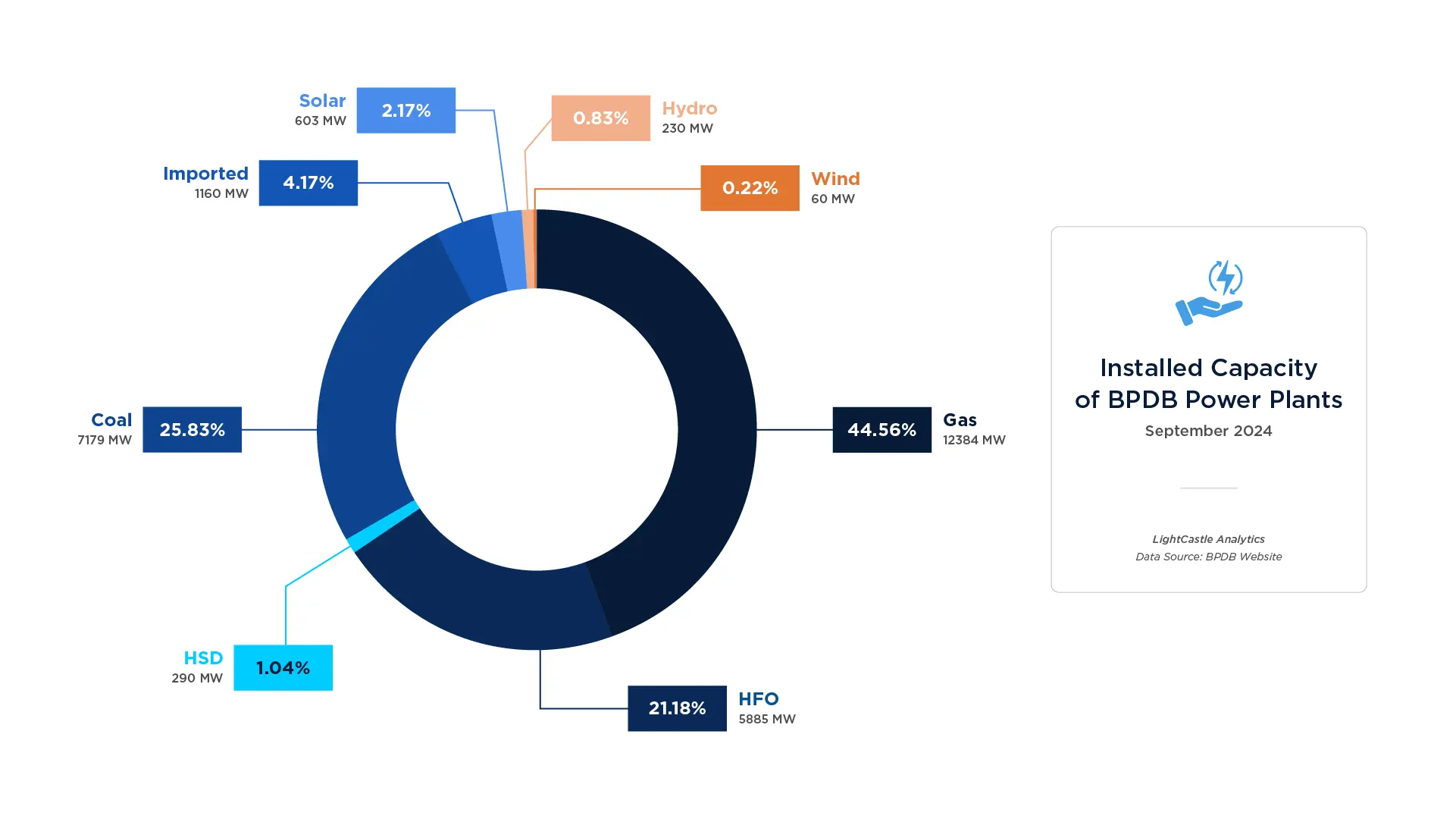
Figure 2 Installed Capacity of BPDB Power Plants
Bangladesh’s energy sector relies on a mix of local and imported resources, with natural gas and imported oil playing key roles. Biomass remains a significant primary energy source, and there are ongoing efforts to expand renewable energy sources like solar, wind, and biogas. However, the government aims to reduce dependency on natural gas, as Bangladesh reportedly only has a 10-year reserve remaining [5].

Figure 3 Per Capita Energy Consumption by Source
With the country’s GDP growing constantly, the energy demand will increase proportionately. Moreover, the government has begun a gradual reduction of subsidies, including incremental adjustments to energy and electricity tariffs as part of the IMF loan conditions.
These measures are expected to gradually increase energy prices in Bangladesh, reflecting the true market costs and reducing the fiscal burden on the government. As subsidies decrease and tariffs adjust, consumers may face higher costs, but this is intended to encourage more efficient energy use and to align the energy market with global pricing trends.
In August 2022, amid discussions concerning the IMF loan, fuel oil prices increased by 42.5% to 51.6%. Additionally, as of February 1, 2023, gas prices for industrial use saw a significant hike of up to 179% [6]. High costs for importing fossil fuels, coupled with dwindling foreign reserves, have strained the entire energy sector.
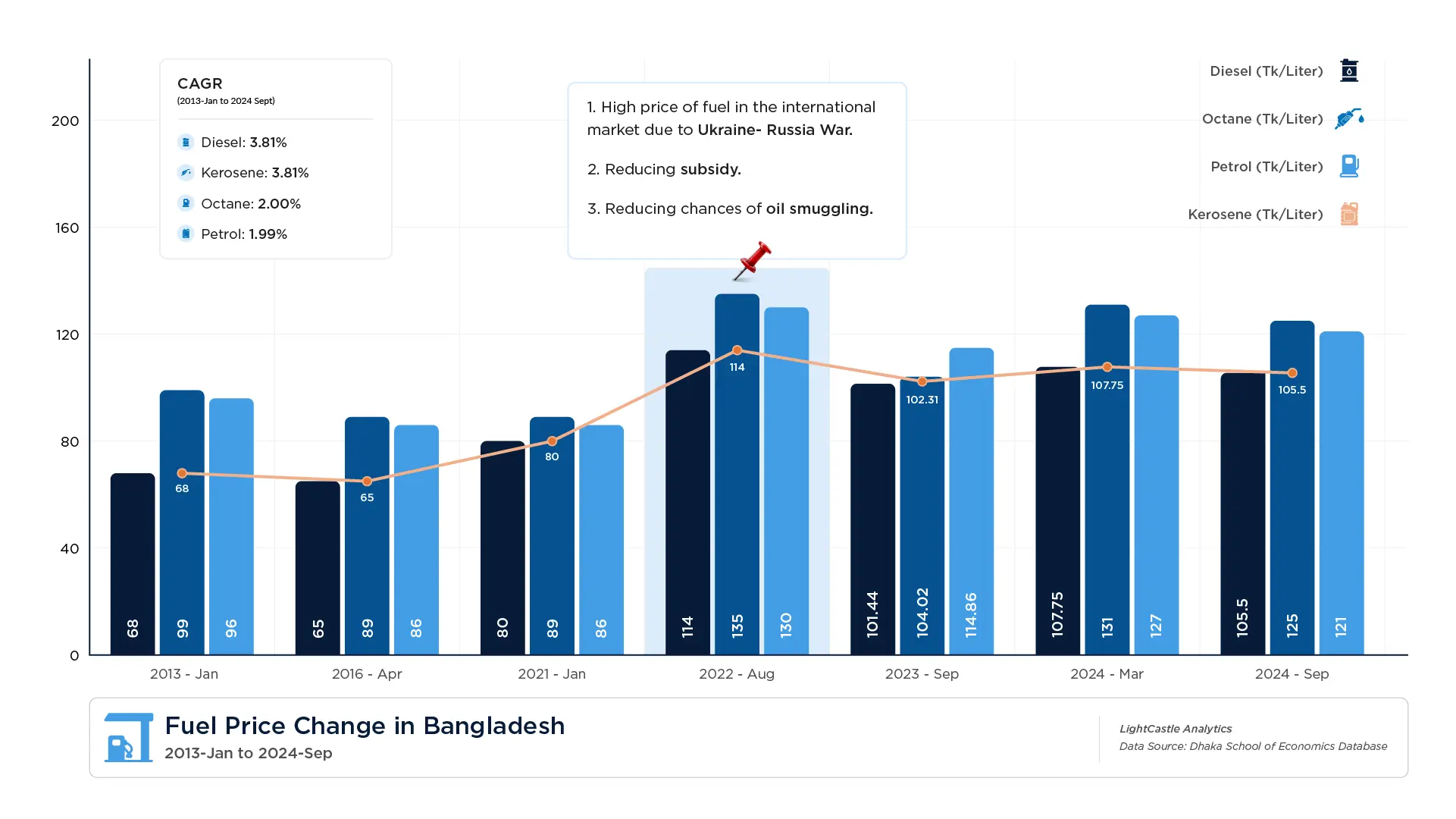
Figure 4 Fuel Price Change in Bangladesh
Global fuel prices have been exacerbated by the Russia-Ukraine conflict and other geopolitical issues, leading to urban areas experiencing average power outages of 3-5 hours daily for both industrial and residential users.
The situation is even more dire in rural areas, where recent reports indicate power cuts occurring every other hour on some days. These disruptions severely impact industries, causing work stoppages and delays in order deliveries.
One of the most pressing challenges today is ensuring energy security while minimizing environmental impact. Nuclear energy, which emits minimal carbon, can be a sustainable solution to the global energy crisis. It generates over half of the world’s carbon-free energy and helps protect air quality by reducing harmful pollutants that cause smog and acid rain [7].
Bangladesh is undertaking one of its largest projects, the Rooppur Nuclear Power Plant. One of the two units is set to be commissioned in December 2024, provided the transmission lines are ready, although the project’s completion deadline has been extended to 2027 [8]. The upfront cost is very high, but the plant is expected to contribute significantly to the country’s power generation.
The cost of generating power per kilowatt is BDT 28.17 using diesel, BDT 13.77 using furnace oil, and BDT 8.25 using coal. In contrast, the cost of producing power with Uranium-235 is projected to be around BDT 4 to 4.50 per unit [9].
However, the risks associated with this project are also high. The project has faced significant backlash due to the negative perception of nuclear power, often associated with nuclear weapons, Cold War propaganda, radioactive waste, and notable accidents like Chernobyl and Fukushima.
However, Bangladesh is adhering to the safety standards of the International Atomic Energy Agency (IAEA) and other internationally approved guidelines to ensure the project’s safety [10]. While it is undeniable that nuclear power plants carry inherent risks, it is crucial to maximize the capacity of the country’s existing energy infrastructure with more sustainable solutions. This underscores the importance of integrating renewable energy into the energy mix.
A Shift Towards Renewable Energy
Policy support from the Government of Bangladesh (GoB) has been instrumental in driving the shift towards renewable energy. Under the MCPP plan, the government has revised its goals to attain 30% of energy from renewable sources by 2030. Additionally, the national solar energy action plan aims to achieve around 41 GW of solar power capacity by 2041.
The Power System Master Plan (PSMP) 2016 emphasizes the critical role of renewable energy in meeting the country’s growing electricity demand, projecting a total demand of 41,890 MW by 2030, with a renewable energy capacity requirement of 12,567 MW [11]. These strategic plans highlight the government’s commitment to sustainable energy development and its proactive approach to reducing CO2 emissions and transitioning to an advanced economy by 2041.
However, the adoption of Renewable Energy is far from the goal we have pledged to fulfill. We can see the comparison of how far we have reached in terms of our neighboring country India in the figure below.
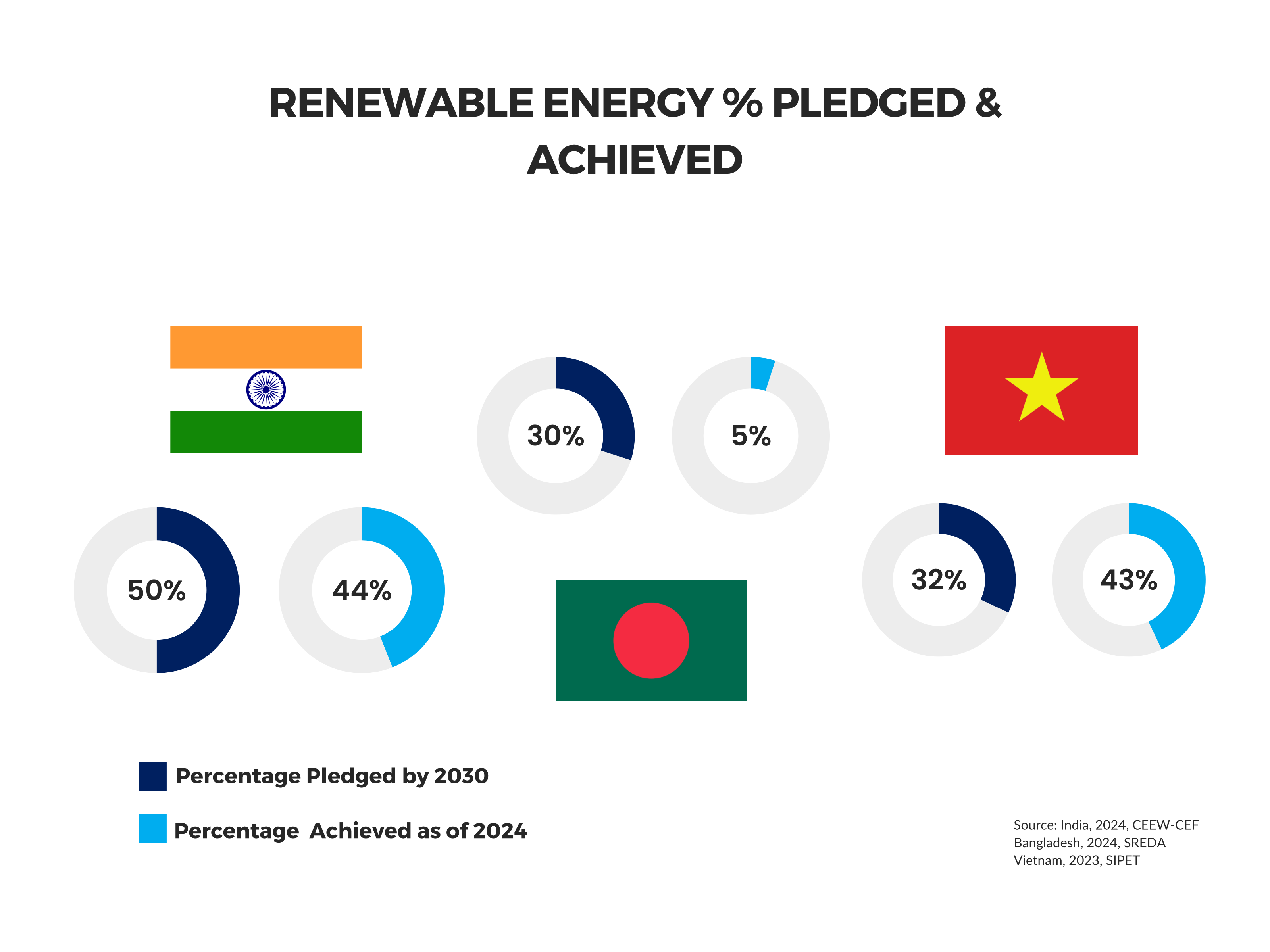
Figure 5 Renewable Energy Percentage Pledged & Achieved
Moreover, industry owners previously installed solar panels in their factories merely to meet the requirement for obtaining a connection from the national grid. This approach changed with the introduction of the net metering policy, which incentivized the adoption of solar energy.
Under this policy, consumers can sell excess electricity generated by their solar panels back to the national grid [12]. Key industry players in the RMG sector are now investing significantly in solar power for their factories. One such example is DBL Group’s Rooftop Solar Power, which has an installed capacity of 5.03 MW and offers potential annual savings of 1,058,937 liters of diesel and 6,090 tons of CO2 emissions.
Investing in solar power also makes business sense for these companies, as the per-unit cost of electricity from solar has decreased significantly compared to the past, with the costs being 9 BDT for gas, 7 BDT for solar, and over 10 BDT for grid electricity.
Moreover, in addition to policy incentives available for renewable energy, there are sufficient financing schemes for environmentally friendly products and initiatives. The Green Transformation Fund (GTF) and the Technology Development/Upgradation Fund by the Bangladesh Bank ensure that industries have access to the necessary funds for renewable energy adoption.
Apart from solar energy, Bangladesh has significant potential for offshore wind energy, which seemed unfeasible just a few years ago. According to the U.S.-based National Renewable Energy Laboratory (NREL), Bangladesh has substantial wind power potential, particularly at hub heights of 140 to 160 meters.
With a 724-kilometer-long coastline and numerous small islands, the country can harness the strong winds in its northeastern region, especially during the winter season. The wind power plant in Cox’s Bazar, with a capacity of 60 megawatts, commenced full-scale operations on March 8, becoming the first commercial wind power facility in Bangladesh.
Additionally, three more wind projects with a combined capacity of 102 MW are underway in Sirajganj, Bagerhat, and Chuadanga. The contractor selection process is also in progress for a 50 MW wind power project in Chandpur and a 30 MW plant in Feni.
Despite the progress that the country has made, it still needs to catch up to the targets that it has committed to. Now the question is why is the adoption of renewables so low even though the right policies are in place, what is stopping Bangladesh from achieving the ambitious goals that it has set?
Bangladesh, one of the world’s most densely populated countries with scarce land resources, faces challenges in adopting large-scale renewable projects like solar parks, unlike countries such as India, China, and Australia, to name a few.
Despite these obstacles, solar power is the largest contributor to renewable energy in Bangladesh, accounting for approximately 1080.36 MW out of a total generation of 1374.35 MW. There has been a significant emphasis on the adoption of solar power, from Solar Home Systems (SHS) to industrial applications.
However, in a Key Informant Interview with an industry expert from the Solar EPC contractors, several challenges were highlighted which included a short-term mindset hindering long-term solar investments, difficulties in importing equipment due to the current economic situation of the country, a lack of specialization, and old factory structures complicating solar panel installations.
Technical issues with unsuitable electrical connections increase costs, while high taxes on imported raw materials—aluminum structures (60-70%), inverters (37%), batteries (80-100%), and solar panels (9-11%)—make it difficult to compete with other countries. Additionally, limited loan availability and stringent requirements, such as the need for 100% bank guarantees for IDCOL loans, further complicate financing, with refinancing being challenging due to extensive documentation and cash or equity margin issues.
Despite the right policies, the adoption of renewables in Bangladesh remains low due to financial barriers, infrastructure limitations, technological readiness gaps, policy implementation challenges, and lack of public awareness. So what can be done to make the system more effective?
Strengthening Energy Security: Pathways for Bangladesh’s Sustainable Future
Given that Bangladesh’s energy situation is both systemic and multidimensional, characterized by complex interdependencies and conflicting interests, it is crucial to approach solutions with a nuanced understanding. Polarity often arises in such scenarios, reflecting the varied perspectives and priorities of different stakeholders. In this situation, the following things will possibly give the best outcome for Bangladesh.
Stakeholder Engagement: Engage a diverse range of stakeholders, including collaboration between different government agencies, industry leaders, local communities, and environmental groups, to ensure that multiple perspectives are considered. This collaborative approach can help reconcile conflicting viewpoints and build consensus on energy solutions.
Integrated Energy Solutions: Explore integrated energy solutions that balance renewable and non-renewable sources while addressing the systemic constraints of land use, infrastructure, and financial resources. For Bangladesh, ensuring energy security while honoring international commitments is crucial.
To maximize benefits, the country must strike a balance among all energy sources, focusing on its solar potential. Every industrial rooftop should be utilized for renewable energy, and industry owners must be informed about the advantages of installing solar panels.
Additionally, Bangladesh could explore emerging technologies such as agrivoltaics. Research by BRAC highlights that installing solar panels on agricultural land, while continuing to grow crops that require less sunlight and have shorter growth cycles, could be highly beneficial. This dual-use approach allows for ongoing crop production, provides farmers with extra income from electricity generation, and creates local jobs in the solar sector.
Tax Incentives: High import taxes on key raw materials—such as aluminum structures (60-70%), inverters (37%), batteries (80-100%), and solar panels (9-11%)—pose significant challenges for businesses attempting to adopt solar energy. Which doesn’t align with the country’s efforts to promote the use of renewable energy. Therefore, it is crucial to ensure that tax policies and incentives are aligned to support the government’s renewable energy goals.
Introducing Corporate Power Purchase Agreements (CPPAs): CPPAs have been crucial in the successful adoption of renewable energy in various countries. They play a significant role in fostering private investment and partnerships that drive sustainable development goals.
In Bangladesh, CPPAs can accelerate the shift to renewable energy by enabling businesses to purchase electricity directly from renewable sources—such as wind, solar, hydro, or biomass—without needing to invest in the infrastructure themselves. This approach not only supports sustainable practices but also has the potential to attract foreign direct investment (FDI).
Flexible and Adaptive Strategies: Recognize that solutions may need to evolve as new information and technologies emerge. Adopt flexible strategies that can be adjusted in response to changing circumstances and stakeholder feedback.
Education and Awareness: Enhance awareness and understanding of the energy sector’s complexities among policymakers and the public through dialogs or seminars. Providing clear, accessible information can help mitigate misunderstandings and reduce polarity by aligning diverse viewpoints with a common understanding of the challenges and opportunities.
By acknowledging and addressing the systemic and multidimensional nature of Bangladesh’s energy challenges, these recommendations aim to create a more cohesive and effective approach to achieving energy security and sustainability.
This article was authored by Sakina Binte Belayet, a Business Analyst at LightCastle Partners. Advisory and editorial support was provided by Samiha Anwar, Senior Business Consultant at LightCastle Partners. For further clarifications, contact us here: [email protected].
Our experts can help you solve your unique challenges
Stay up-to-date with our Thought Leadership and Insights